Morals and Manners among
Negro Americans
Morals and Manners among
Negro Americans
Edited by
W. E. Burghardt Du Bois
and Augustus Granville Dill
A Reprint of the 1914 Edition
with an introduction and additional editing by
Robert A. Wortham

Published by Lexington Books
A division of Rowman & Littlefield Publishers, Inc.
A wholly owned subsidiary of The Rowman & Littlefield Publishing Group, Inc.
4501 Forbes Boulevard, Suite 200, Lanham, Maryland 20706
http://www.lexingtonbooks.com
Estover Road, Plymouth PL6 7PY, United Kingdom
New introduction copyright 2010 by Lexington Books
All rights reserved. No part of this book may be reproduced in any form or by any electronic or mechanical means, including information storage and retrieval systems, without written permission from the publisher, except by a reviewer who may quote passages in a review.
British Library Cataloguing in Publication Information Available
Library of Congress Cataloging-in-Publication Data
Morals and manners among Negro Americans / edited by W.E. Burghardt Du Bois and Augustus Granville Dill ; a reprint of the 1914 edition with an introduction and additional editing by Robert A. Wortham.
p. cm.
Originally published in 1914 by The Atlanta University Press as: Morals and manners among Negro Americans : report of a social study made by Atlanta University under the patronage of the trustees of the John F. Slater Fund : with the Proceedings of the 18th annual Conference for the Study of the Negro Problems, held at Atlanta University, on Monday, May 26th, 1913.
Includes bibliographical references and index.
ISBN 978-0-7391-1669-2 (cloth : alk. paper)
ISBN 978-0-7391-1670-8 (pbk. : alk. paper)
1. African AmericansSocial conditions. 2. African AmericansConduct of life. I. Du Bois, W. E. B. (William Edward Burghardt), 18681963. II. Dill, Augustus Granville. III. Wortham, Robert (Robert A.) IV. Conference for the Study of the Negro Problems (18th : 1913 : Atlanta University)
E185.86.M584 2010
305.89673dc22
2010008086
 The paper used in this publication meets the minimum requirements of American National Standard for Information SciencesPermanence of Paper for Printed Library Materials, ANSI/NISO Z39.48-1992.
The paper used in this publication meets the minimum requirements of American National Standard for Information SciencesPermanence of Paper for Printed Library Materials, ANSI/NISO Z39.48-1992.
Printed in the United States of America
At any rate, we must depend for the peace and progress of the world upon the formation of a horizontal upper layer of cultured persons among all the more civilized peoplesa cross-section, as it were, of the nations, whose convictions and sentiments shall supply the moral force on which international arbitration courts and similar agencies will have to depend.
Felix Adler
Morals and Manners among
Negro Americans
Contents
Morals and Manners:
Editors Introduction
Morals and Manners among Negro Americans (1914), co-edited by W. E. B. Du Bois and Augustus Dill, is the sequel to Du Bois The Negro Church (1903a). Each work represents the formal report for one of the annual Atlanta University Conferences for the Study of the Negro Problems. While the annual conferences addressed such important social issues as education, work, business, social betterment, crime, health, and family, these two reports focused on the African American experience from the perspective of religion and morality respectively.
The Negro Church is the first book-length, empirical sociological study of a religious group in the United States (Wortham 2009a, 2005a; Zuckerman, Barnes, and Cady, 2003). In this volume Du Bois begins by providing a discussion of the development of Black religion and the Black Church in the United States before and after slavery. He then presented a statistical portrait of the Black Church in the United States based on data obtained from the 1890 Census of Religious Bodies. The statistical overview provided data by denomination and state on such topics as number of organizations, church edifices and meeting halls, seating capacity of edifices and halls, value of church property, and number of communicants or members. Demographic and ethnographic portraits of the Black Church for several rural and urban areas in the South and in the North were provided also. These area studies included: Thomas County Georgia, a Black Belt county; Deland, Florida; Atlanta, Georgia; Richmond, Virginia; Chicago, Illinois; Greene County Ohio; and Philadelphia, Pennsylvania. The Atlanta and Richmond studies are particularly interesting in that part of the data were collected by students at Atlanta University and Virginia Union University respectively.
Denominational profiles were provided and several surveys on religious life based on opportunity samples were included in the report. One survey addressed the current status of the Black Church based on the perceptions of African American laity and Southern white professionals. The survey revealed that Southern white professionals painted a more positive picture of the Black Church. A second survey was based on a sample of African American children in Atlantas public schools and addressed their perception of the church and Christianity. This survey is one of the earliest surveys on childrens religiosity and indicated that younger children perceived Christianity more in terms of moral goodness; whereas, older children provided more philosophical explanations like references to a higher will. The report concluded with a discussion of the moral status of African Americans, the educational training of African American ministers, and the conference resolutions.
The section on The Moral Status of Negroes is of particular interest as this became the primary topic addressed in Morals and Manners among Negro Americans. In the brief section on morality included in The Negro Church, Du Bois maintained that while the economic and educational advances made by African Americans in recent years had been acknowledged, confusion with respect to the African American communitys moral status continued to exist. Some of this confusion was attributed to W. H. Thomas controversial study, The American Negro (1901), which asserted that the Negro race was essentially morally corrupt. Challenging this assertion, Du Bois cited findings from a survey on the moral condition of the African American community which was included in the 1901 Hampton Conference study. The survey, based on an opportunity sample, was sent to African American and white professionals throughout the Southeast and the Mid-Atlantic states. The excerpt included in The Negro Church included thirty-one assessments which challenged Thomas characterization and two cases which corroborated Thomas position.
A more expanded survey on the moral condition of the African American community provided the empirical foundation for Morals and Manners among Negro Americans, the 1913 conference study edited by Du Bois and Dill. With this conference report, Du Bois formal ties with the early work of the Atlanta Sociological Laboratory ended. In 1910 he founded and assumed the editorship of The Crisis, the official publication of the NAACP. He was the editor of the Atlanta University annual conference volumes from 1898 through 1909. The 1910 through 1913 annual conference volumes were co-edited with Augustus Dill.
The morals and manners survey addressed the following topics: good manners, sound morals, habits of cleanliness, personal honesty, home life, the rearing of children, wholesome amusement for young people, and caring for old people. Two additional questions were asked. One question focused on what the church was currently doing to address these issues while the second question asked respondents to compare current conditions with those that existed twenty years before. The survey was sent to an opportunity sample of 4,000 persons judged to be trustworthy. Three hundred eighty-five responses were received from persons residing in twenty-eight different states and the District of Columbia.
Next page

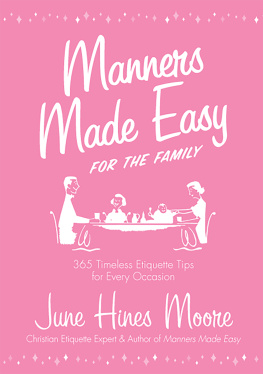
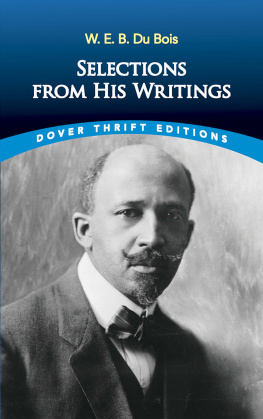
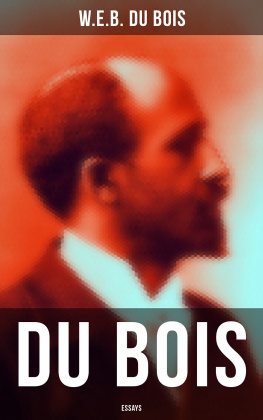
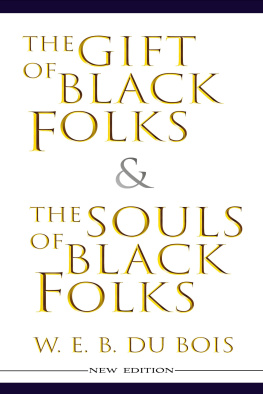

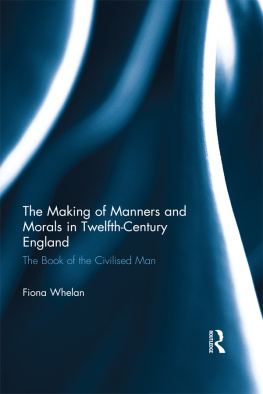

 The paper used in this publication meets the minimum requirements of American National Standard for Information SciencesPermanence of Paper for Printed Library Materials, ANSI/NISO Z39.48-1992.
The paper used in this publication meets the minimum requirements of American National Standard for Information SciencesPermanence of Paper for Printed Library Materials, ANSI/NISO Z39.48-1992.